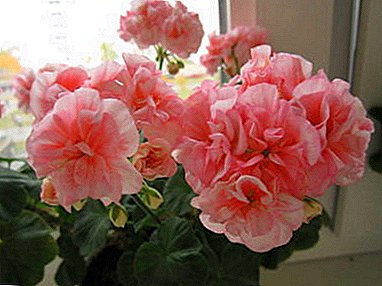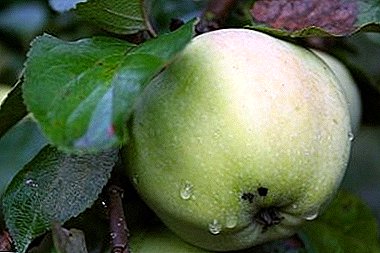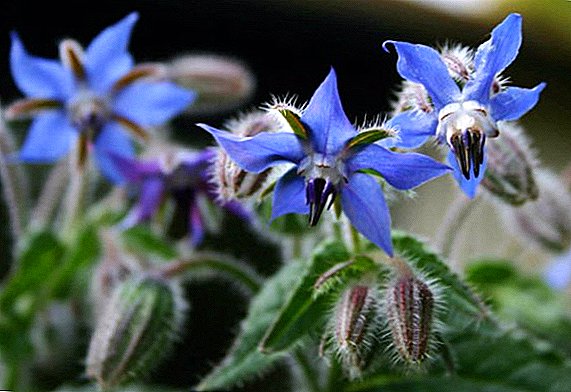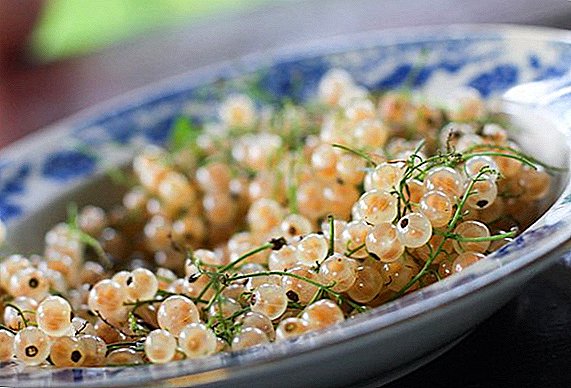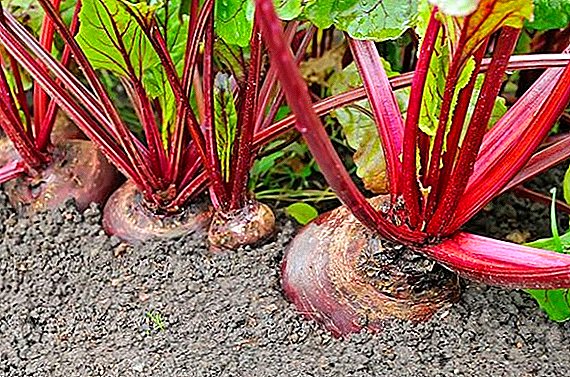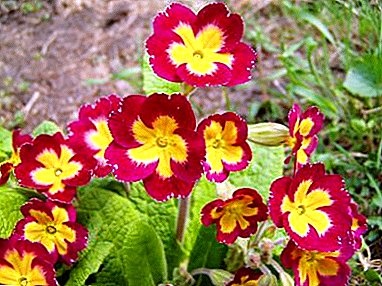
For gardeners who love to grow their own seedlings, growing primroses is no less than a challenge. Although these small garden plants remain one of the most traditional, they are still so colorful and diverse that they successfully won the title of the stars of modern landscape design.
Growing primrose from seeds - let's consider in detail: we will describe ways of breeding a flower, we will provide instructions for reproduction, care, protection from pests and diseases. For different species: stemless primrose, stemless Potsdam giants, ear, terry Roseanne, we note some features.
Brief description of growing methods
Primula (Primula): herbaceous plant, family: primrose.
Methods for breeding primrose:
- leaf cuttings;
- division of the bush;
- seeds.
How to grow from seed?
Instruction:
- Determine sowing time. When growing primroses as a houseplant - the time of sowing does not matter. Primula is a heat-loving plant! The most optimal sowing time is May-early July.
- Choose seeds. Solve the following question: buy seeds in a store or use the seeds that you previously collected.If you buy seeds, then pay attention to the shelf life! If you have collected seeds yourself beforehand, then use them for 2 years. Before harvesting, make sure the plant is healthy.
Collected seeds must be properly stored! Dry, mix with sand and store in the refrigerator.
- Prepare seeds for planting.
 The seeds of some primrose species for germination need stratification, that is, cooling. Carefully read the instructions on the packaging of seeds, the manufacturer will indicate.
The seeds of some primrose species for germination need stratification, that is, cooling. Carefully read the instructions on the packaging of seeds, the manufacturer will indicate. - Prepare a container for disembarkation. Take a shallow plastic containers, in the bottom of which make holes for waste water.
- Prepare the primer: mix the parts of the soil together. The approximate composition of the soil is as follows: sand + peat.
You can buy ready-made soil for growing primroses.
- Moisten the soil.
- Place the seeds in the soil.
- Water the soil and cover with plastic.
- Dive shoots (when two leaves appear).
- Seat separately.
- Land in the ground at a distance from each other.
Method of stratification: place the seeds in the refrigerator for a period of two weeks to a month. The temperature should be no more than 5 degrees.
More information about planting primroses at home and in the open ground, as well as about caring for a plant, can be found here.
Soil and fertilizers
The composition of the soil: sand and peat in equal proportions.
Fertilizers:
- organic, complex fertilizers (task: to promote the formation of buds);
- nitrogen-containing fertilizers (task: to strengthen the primrose);
- mineral fertilizers (task: to strengthen the immune system).
Watering
In the presence of openings for waste of excess water, pour into the pan. If they are not available - spray primroses.
Humidity
The relative humidity of air in the range from 75 to 85% is optimal.
Temperature
The optimum temperature for sowing primrose + 15-20 degrees. A decrease in temperature leads to a delay in germination of seeds, and too high - to reduce the flowering period.
Lighting
Place the seedbed container in a bright place, exclude direct sunlight. Different types of primroses require different sanctification.
Shade tolerant species
- Stemless.
- Finely toothed
- Japanese
By shade tolerant include primrose Kolosse, a mixture of colors which allows you to talk about it, as one of the most beautiful flowers, suitable for growing from seed.
Photophilous species
- Cascade.
- Malokoides.
- Obkonika.
- Powdered, etc.
When growing room primrose provide additional lighting in the autumn-winter period, and protect from direct sunlight in the spring-summer.
We told about the features of primrose care in the fall here, and from this article you will learn about wintering plants.
Perennial flowers that can be planted with seeds, photo
The following types of primroses are suitable for growing at home.:
- malokoides;
- obkonika;
- akaulis and others



For the cultivation of primrose in the open field the following types are suitable:
- finely toothed;
- Orchid and others


You can get acquainted with various species and varieties of primroses and study their photos here.
When to sow some varieties?
How to plant seeds of various types of primroses?
Stemless and stemless Potsdam giants

Growing from seed. Store primrose seeds at temperatures up to +7 degrees!
Features:
- It is necessary to soak the seeds before sowing in a weak solution of potassium permanganate.
- After sowing, store the seed container in the refrigerator for 7-10 days.
Ushkovaya

Growing from seed.
Ear primula can be planted for the winter, in October. In this case, it will rise in mid-March.
Features:
- seeds should be stored at room temperature before planting;
- tolerate water scarcity.
Terry Roseanna

Growing from seed. Store seeds at temperatures up to +7.
Features:
- adapts well to transplants and divisions;
- grow in partial shade;
- requires moderate moisture.
Care after seeding at home
- Make a pick.
- Every day, increasing the time interval, remove polyethylene from seedlings.
- Put the container in a cool place.
- Water regularly.
- Fertilize about once a week.
On the care of room primrose, as well as the plant in the garden, you can read in our article.
Pests and possible diseases after planting
Possible diseases:
- powdery mildew (reason: high humidity);
- gray rot (reason: high humidity and excess nitrogen in the soil);
- Ramulariasis (reason: waterlogging);
- vascular or tracheomic wilting (reason: fungi from the Fusarium and Verticillus genera);
- leaf damage: anthracnose, ascohitoz, septoriosis, etc. (reason: fungus and overrefaction, acidic soil, lack of trace elements in the soil).
Pests:
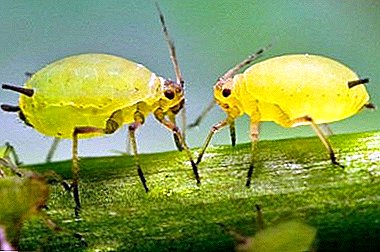 caterpillar;
caterpillar;- mite;
- aphid;
- whitefly;
- slugs, etc.
It is necessary to inspect a primula every day., add fertilizers and timely remove pests for which the seeds are food.
Depending on the disease that affects the plant, treatment is selected. With the defeat of aphids, primrose is treated with a soap solution, with a strong lesion - with the preparations Antitlin, Tobacco dust, Actellic.
To prevent diseases, water and use fertilizer in moderation.
Conclusion
Primula is an unpretentious plant that can be cultivated under room conditions or grown outside in the garden. When breeding this flower, it is important to monitor the shelf life of seeds., determine if stratification is necessary. During planting, adhere to the specified temperature, do not overmoist or overdry the plants.


 The seeds of some primrose species for germination need stratification, that is, cooling. Carefully read the instructions on the packaging of seeds, the manufacturer will indicate.
The seeds of some primrose species for germination need stratification, that is, cooling. Carefully read the instructions on the packaging of seeds, the manufacturer will indicate. caterpillar;
caterpillar;
